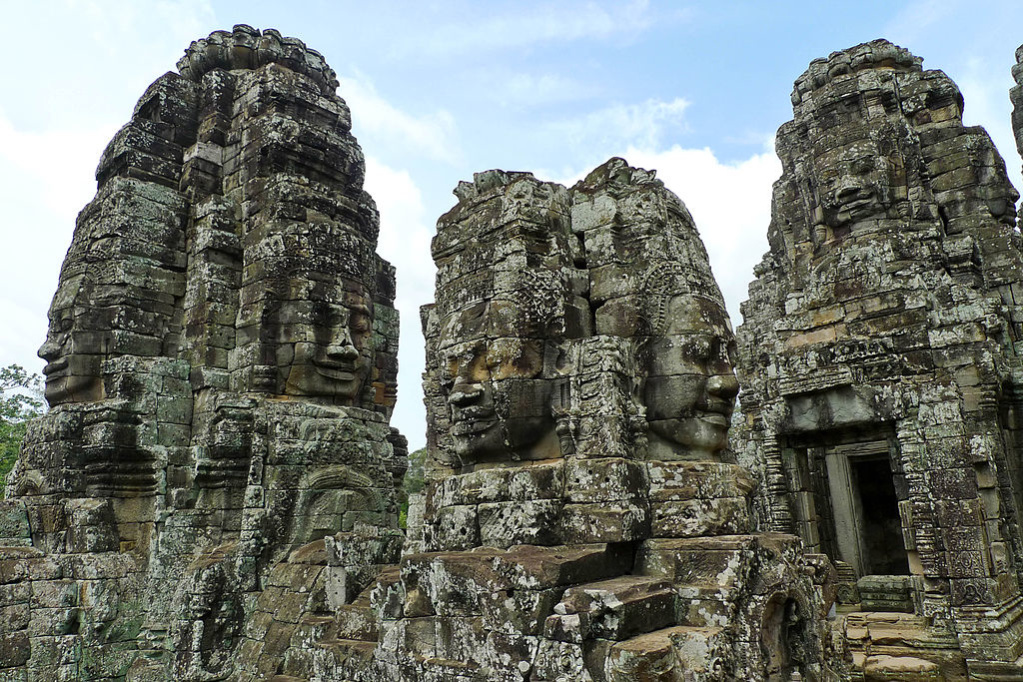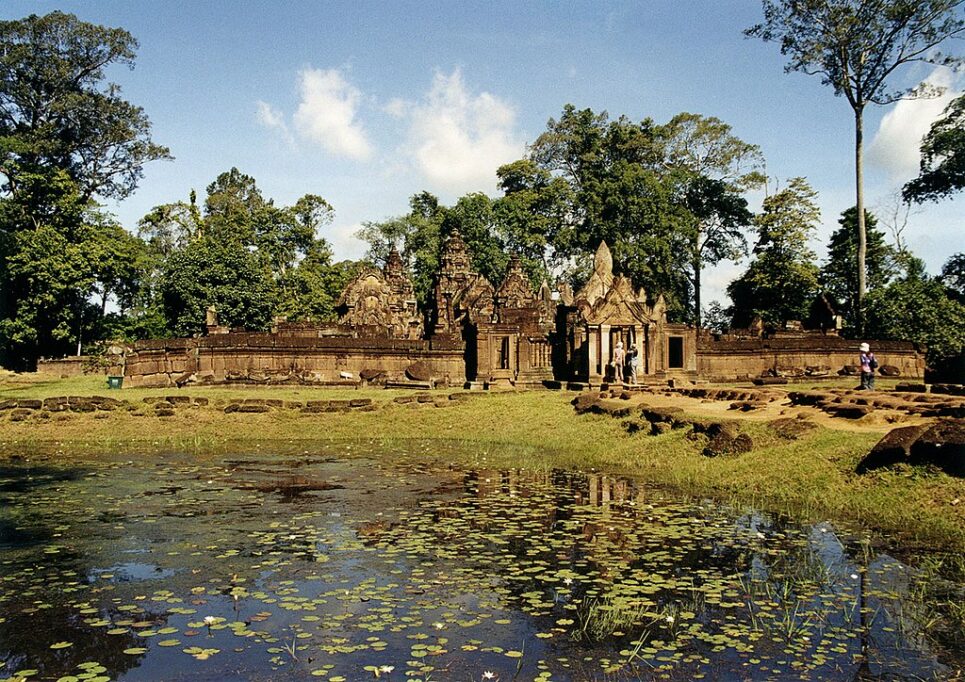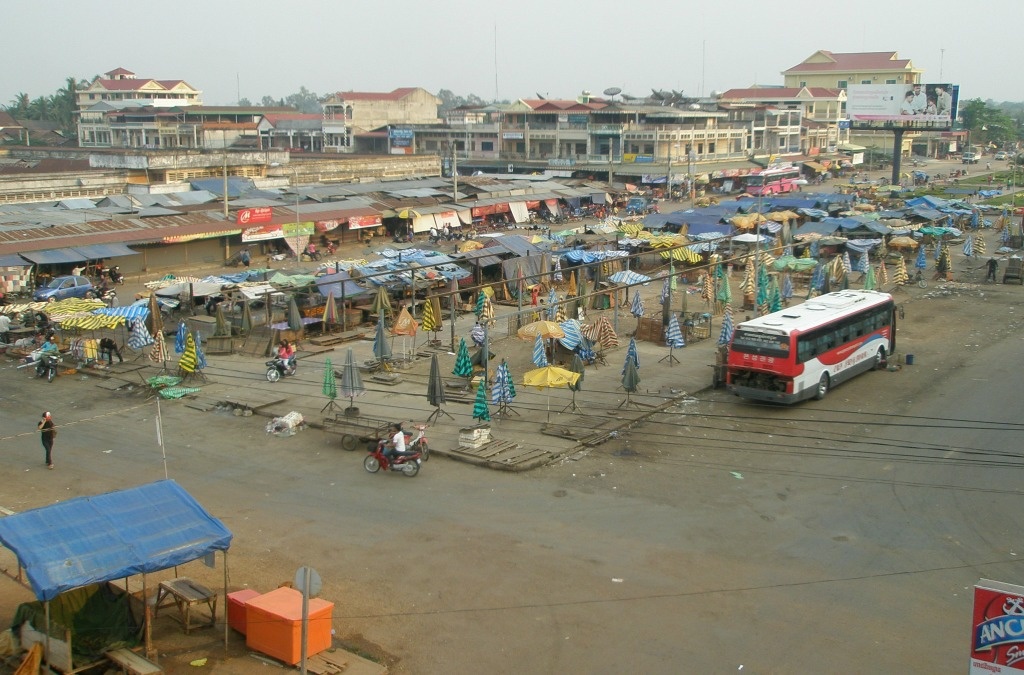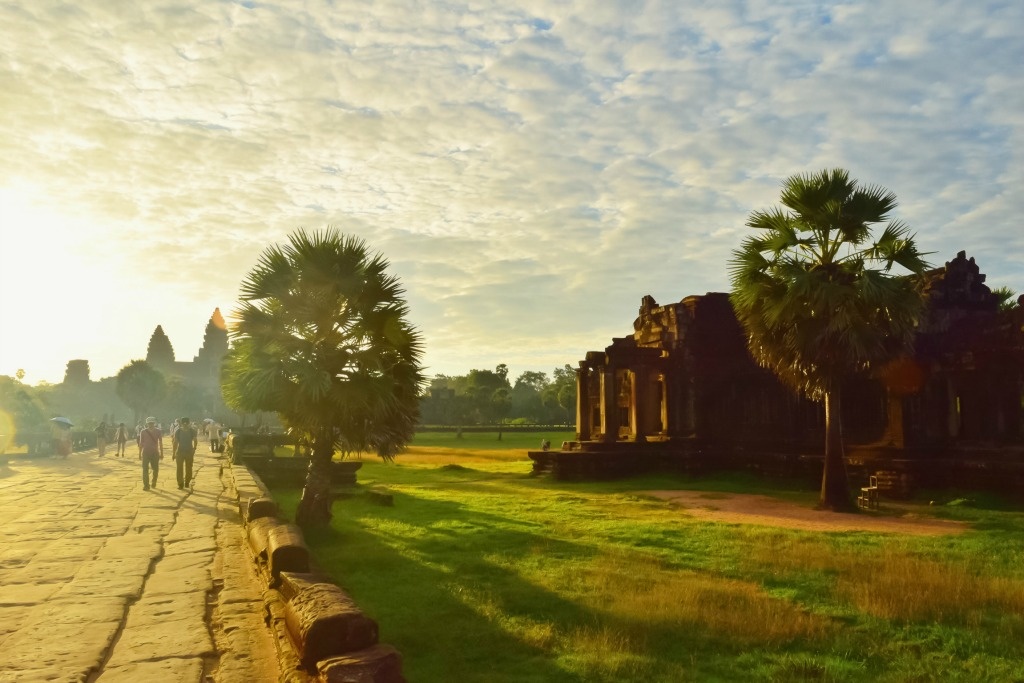Siem Reap & Angkor Wat Cambodia Travel Guide A Vagabond Life
Angkor Wat Cambodia Travel Guide: Siem Reap is a popular tourist town and the jumping off point to the incredible Angkor Wat. The town has a plethora of accommodations at every price point along with great restaurants and some lively night life.
A visit to Pub Street is a must, we ate at the wonderful iViva – which while Mexican is a long way from authentic Cambodian after travelling rough for about a month and living on rice and noodles a taco & Margarita were just heaven.
Peak travel season is Dec–Mar. The weather is tropical, with a rainy season Jun–Oct and the hottest period Apr–May. Key events include the Giant Puppet Parade (Feb), Khmer New Year (Apr), and the Bon Om Touk Water Festival (Angkor, Nov), with longboat races, music and dancing.
How To Visit The Temples: Angkor Wat Cambodia Travel Guide
How to Tour the Angkor Wat Temples: A Complete Guide
Exploring the majestic Angkor Wat temples in Cambodia is an immersive journey into the heart of Khmer history and architectural brilliance. Here’s a comprehensive guide to help you make the most of your visit, including the best ways to get to and navigate around these UNESCO World Heritage sites.
Planning Your Visit
Timing: Begin your day early to catch the breathtaking sunrise over Angkor Wat. This magical experience bathes the temple complex in golden hues and offers stunning photo opportunities before the crowds arrive. Mornings also provide cooler temperatures, ideal for exploring the vast temple grounds.
Ticket Information: Purchase your Angkor Pass at the official ticket counter near the park entrance. Choose from one-day, three-day, or seven-day passes, depending on your itinerary and interest in exploring additional temples beyond the main circuit. Keep your pass with you at all times, as it’s required for entry to all temple sites.
Transportation: Arrange transportation in advance to Angkor Wat and other temple sites. The most popular options include:
Tuk-tuks: These motorized rickshaws are widely available in Siem Reap and offer a comfortable and flexible way to navigate between temples. Tuk-tuks can be hired for half-day or full-day tours, with drivers familiar with the best routes and timings for each site.
Bicycles: For a more adventurous and eco-friendly option, rent bicycles from local shops or your accommodation. Cycling allows you to explore at your own pace and access smaller temples and paths that may not be reachable by larger vehicles.
Taxis and Private Cars: Ideal for those seeking more comfort and privacy, taxis and private cars can be arranged through hotels or local transport services. This option is convenient for visitors with limited time or specific mobility needs.
Exploring Angkor Wat and Beyond
Angkor Wat Temple: Start your tour at Angkor Wat, the iconic symbol of Cambodia and the largest religious monument in the world. Explore its intricate bas-reliefs depicting Hindu epics and ascend to the upper levels for panoramic views of the temple complex and surrounding countryside.
Bayon Temple: Located within Angkor Thom, the ancient capital city, Bayon Temple is renowned for its stone faces carved into its towers. Wander through the labyrinthine corridors and ascend to the upper terrace for up-close views of the enigmatic smiling faces.
Ta Prohm Temple: Embrace the mystical atmosphere of Ta Prohm, where ancient stone structures are intertwined with sprawling tree roots. This atmospheric temple, left largely as it was discovered, offers a glimpse into the power of nature reclaiming human architecture.
Tips for a Memorable Experience
Respect Cultural Norms: Dress respectfully by covering your shoulders and knees when visiting temples. Remove hats and sunglasses before entering sacred areas, and refrain from touching carvings and sculptures.
Stay Hydrated: Carry a water bottle to stay hydrated throughout the day, especially in the tropical climate of Cambodia. Refreshment stalls are available near major temples for snacks and drinks.
Guide Services: Consider hiring a knowledgeable guide at the park entrance or through reputable tour agencies in Siem Reap. Guides provide valuable historical insights and help navigate the complex layouts of the temples.
Sun Protection: Protect yourself from the sun with sunscreen, a hat, and sunglasses, particularly during midday when temperatures are highest.
Additional Recommendations
Explore Lesser-Known Temples: Venture beyond the main circuit to discover hidden gems like Banteay Srei with its intricate pink sandstone carvings or Beng Mealea, a sprawling temple complex engulfed by jungle.
Enjoy Sunset Views: End your day with a sunset experience at Pre Rup or Phnom Bakheng, offering panoramic vistas over the Angkor Archaeological Park and the lush Cambodian landscape.
Conclusion
Touring the Angkor Wat temples is a journey through Cambodia’s rich cultural heritage and ancient splendor. By planning your visit strategically, respecting local customs, and selecting the best transportation options for exploring these magnificent sites, you’ll create lasting memories of this UNESCO World Heritage treasure. Immerse yourself in the grandeur of Angkor Wat and its surrounding temples, where each stone tells a story of Khmer ingenuity and spiritual devotio
Angkor Wat Archaeological Park Map: Angkor Wat Cambodia Travel Guide
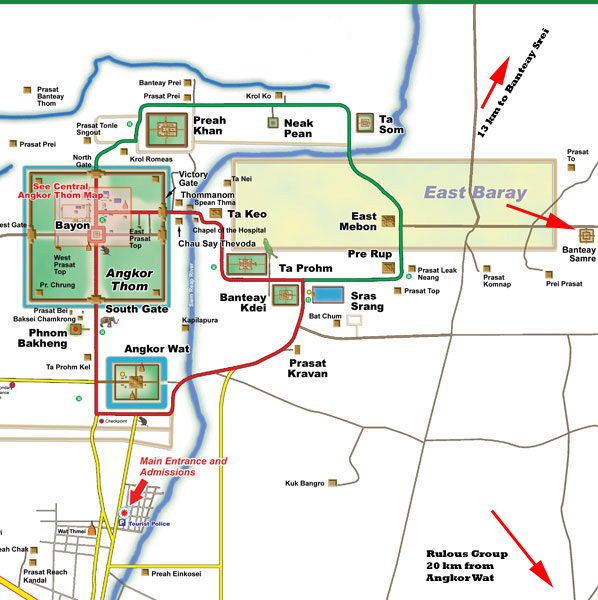
Temples of the Archaeological Park: Angkor Wat Cambodia Travel Guide
Angkor Wat: Angkor Wat Cambodia Travel Guide
Angkor Wat is a temple complex in Cambodia and the largest religious monument in the world, on a site measuring 162.6 hectares It was originally constructed as a Hindu temple dedicated to the god Vishnu for the Khmer Empire, gradually transforming into a Buddhist temple towards the end of the 12th century. It was built by the Khmer King Suryavarman II in the early 12th century in Yaśodharapura, the capital of the Khmer Empire, as his state temple and eventual mausoleum.As the best-preserved temple at the site, it is the only one to have remained a significant religious centre since its foundation.
Angkor Wat combines two basic plans of Khmer temple architecture: the temple-mountain and the later galleried temple. It is designed to represent Mount Meru, home of the devas in Hindu mythology: within a moat and an outer wall 3.6 kilometres long are three rectangular galleries, each raised above the next. At the centre of the temple stands a quincunx of towers. Unlike most Angkorian temples, Angkor Wat is oriented to the west; scholars are divided as to the significance of this.
Ta Phrohm: Angkor Wat Cambodia Travel Guide
Ta Prohm is probably best known from the temple in the movie Tomb Raider. Built in the Bayon style in the late 12th and early 13th centuries it is located about one kilometre east of Angkor Thom and on the southern edge of the East Baray. It was founded by the Khmer King Jayavarman as a Mahayana Buddhist monastery and university. Ta Prohm is in the same condition in which it was originally found with trees growing out of the ruins it was my favoutite temple we visited. In 1992 Ta Prohm on the World Heritage List by UNESCO. Today, it is one of the most visited complexes in Cambodia’s Angkor region.
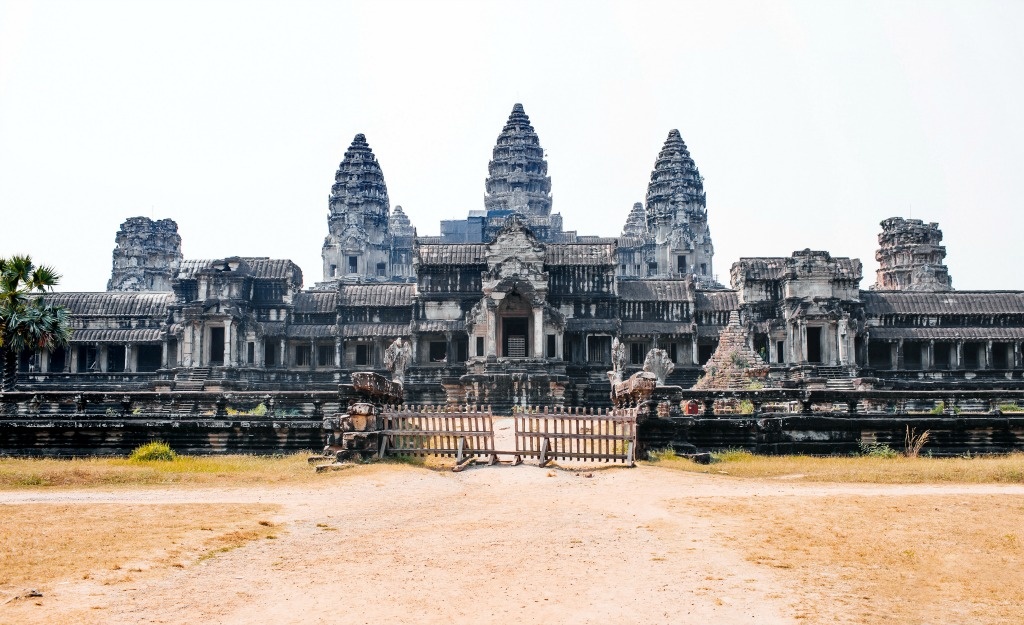
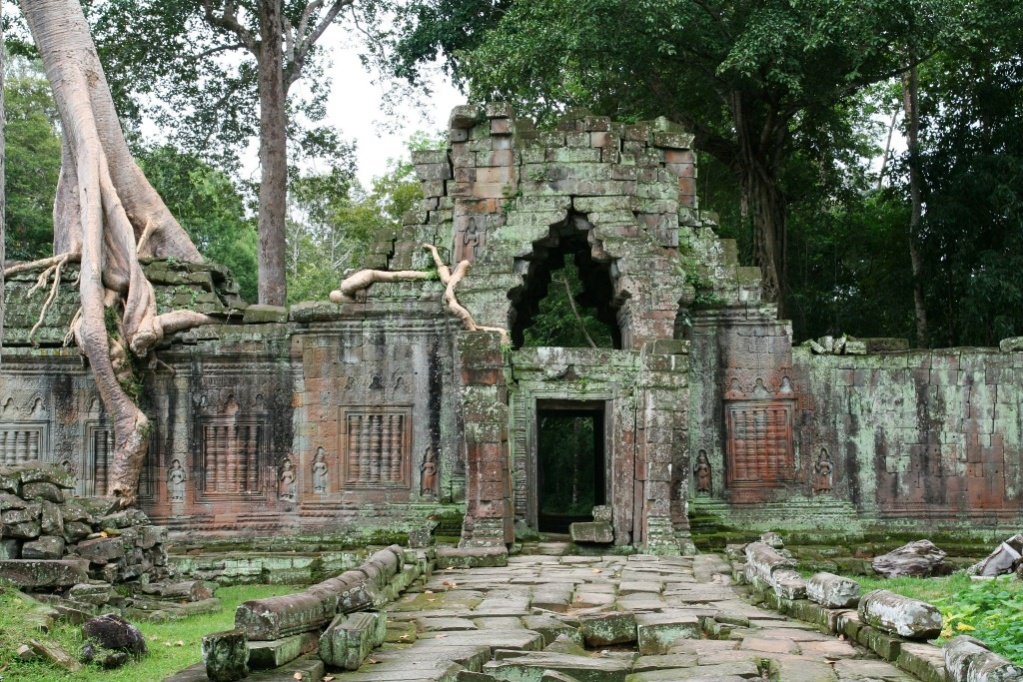
Angkor Thom: Angkor Wat Cambodia Travel Guide
Angkor Thom was the last and most enduring capital city of the Khmer empire. It was established in the late twelfth century by King Jayavarman as the empires capital. It covers an area of 9 km², within which are located several monuments from earlier eras as well as those established by Jayavarman and his successors. At the centre of the city is Jayavarman’s state temple, the Bayon, with the other major sites clustered around the Victory Square immediately to the north.
Beng Mealea: Angkor Wat Cambodia Travel Guide
Banteay Srei dates from the 10th-century and is dedicated to the Hindu god Shiva. The temple is on a hill 25 km north-east of the main group of temples that once belonged to the medieval capitals of Yasodharapura and Angkor Thom. Banteay Srei is built largely of red sandstone, and features decorative wall carvings from ancient times. The buildings are miniature in scale, which have made the temple extremely popular with tourists, and have led to its being widely praised as a jewel of Khmer art.
Banteay Srei: Angkor Wat Cambodia Travel Guide
Beng Mealea is a temple in the Angkor Wat period located 40 km east of the main group of temples at Angkor, Cambodia and is on the ancient royal highway to Preah Khan Kompong Svay. It was built as a Hindu temple, however there are some carvings depicting Buddhist motifs. It built mainly from sandstone and has remained largely unrestored, with trees and thick brush growing within its towers and courtyard. The Beng Mealea temple is about 75km from Siem Reap.
